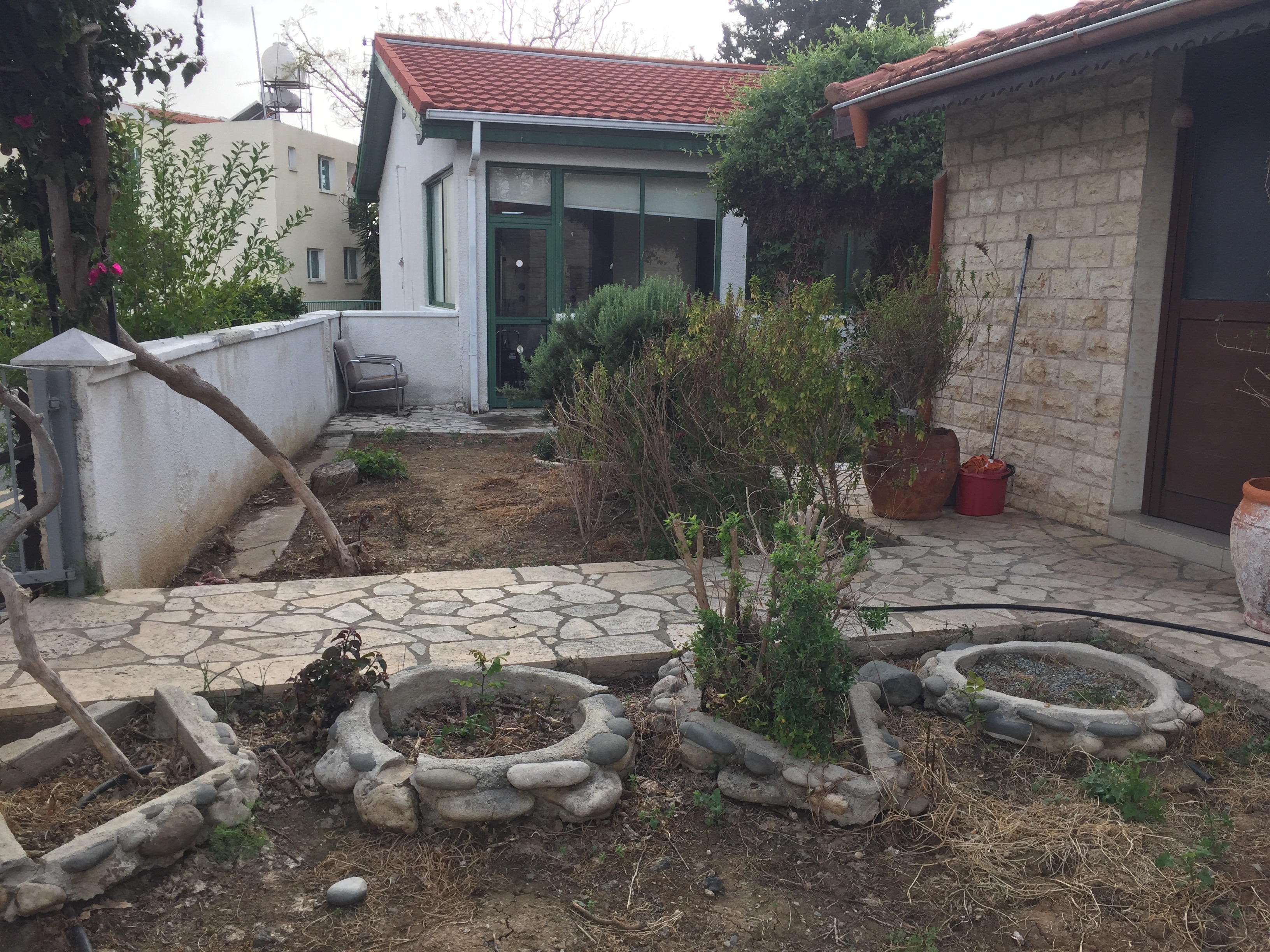Government working to halt PV parks on farmland
Authorities on Tuesday asserted they are doing what they can to put in check the spread of solar parks on agricultural land, while affected local communities and agriculturalists complained that the size of available farmland is shrinking.
Interior Minister Constantinos Ioannou said the current administration began efforts to “sort out” the licensing for solar parks just two months after taking office in February 2023.
So far during this government’s term, the interior ministry has before it 126 pending applications for such parks. Only those applications that pass muster with the energy regulatory authority (Cera) secured a permit, Ioannou stressed.
Meanwhile new regulations are in place regarding the use of state-owned farmland – the aim being to have competitive tendering, with a land parcel’s market value serving as the starting bid to “secure transparency”.
The minister said the availability of state land for solar parks started years ago and without specific criteria.
“Since May 2023, under my instructions, no applications are being accepted for the purposes of developing renewables parks, effective until such time as the new government framework is approved.
“Having seen the [large] number of applications, we stopped accepting applications in May 2023.”
He cited data according to which 15 applications (licensed by Cera) have been approved – for a total capacity of 259 megawatts on 1.23 million square metres of land.
Also attending the discussion in parliament were the ministers of energy and agriculture, as well as officials from Cera, the Transmission System Operator, the Electricity Authority of Cyprus, and representatives of affected communities in the Famagusta district.
Director of the town planning department Kyriakos Koundouros said that the interior minister has authorised photovoltaic-related developments of up to three megawatts. This forms the overwhelming majority of the applications.
In addition, the interior minister has designated ‘exclusion zones’ across the island in relation to solar parks.
Weighing in, Energy Minister George Papanastasiou said the situation now is “very controlled” compared to the past. Approximately 63 to 65 per cent of areas in Cyprus fall under these designated ‘exclusion zones’.
“With the new order of things imposed by the interior ministry, restrictions have been placed on the once unchecked installation of photovoltaic systems, and this is how it should have been from the beginning,” he told MPs.
“The [photovoltaic] projects implemented today may have received a town planning permit as far back as three to four years ago.”
Agriculture Minister Maria Panayiotou said one of the government’s priorities is to ensure crop-growing and driving down the cost for producers. To this end, the government has encouraged the installation of agrivoltaics.
Agrivoltaics (or agrisolar) is the dual use of land for solar energy production and agriculture.
Panayiotou explained that the “free-for-all” with solar park installations on fertile farmland ended in June 2024. It is only permitted if an installation is dual-use.
“We chose agrivoltaics as it is proven that they help with protecting cultivation while also reducing water consumption by up to 30 per cent.”
Chairman of the House agriculture committee Yiannakis Gavriel (Akel) remarked that “the problem with the impunity” in building solar parks is found across the island.
The MP voiced doubts as to the ministry’s reassuring talk of competitive tendering going forward. He countered that the applications already green-lit by Cera will go ahead “under the old regime” [meaning the regulations] and claimed that these installations total 2,000 megawatts.
Disy’s Charalambos Pazaros alleged that “no fertile land has remained for our farmers”, cautioning that the primary sector “faces a major crisis”.
Representatives of local communities – Frenaros, Liopetri, Sotira and Avgorou – likewise aired their concerns.
Regarding the village of Frenaros specifically, MPs heard that solar parks with a total capacity over 100 megawatts are expected to be built.
Should these receive permits, it would involve the usage of more than two-and-a-half million square metres of state land – by comparison inhabited areas in Frenaros amount to just 1 million square metres.
Local communities also warned that pasture land “has been wiped off the map” in many areas, while wind turbines are cropping up near residential areas and livestock farms.
And they did not rule out taking “dynamic measures” to put a stop to this.
The Transmission System Operator said that solar parks currently generate 835 megawatts in total. Based on Cyprus’ national plan on climate and energy, this should go up to 1080 megawatts by the year 2030.
An official from the auditor-general’s office said that some of these solar parks border on protected zones, without an environmental impact assessment having been done.
On this matter, Cyprus has received a warning from the European Union.







Click here to change your cookie preferences